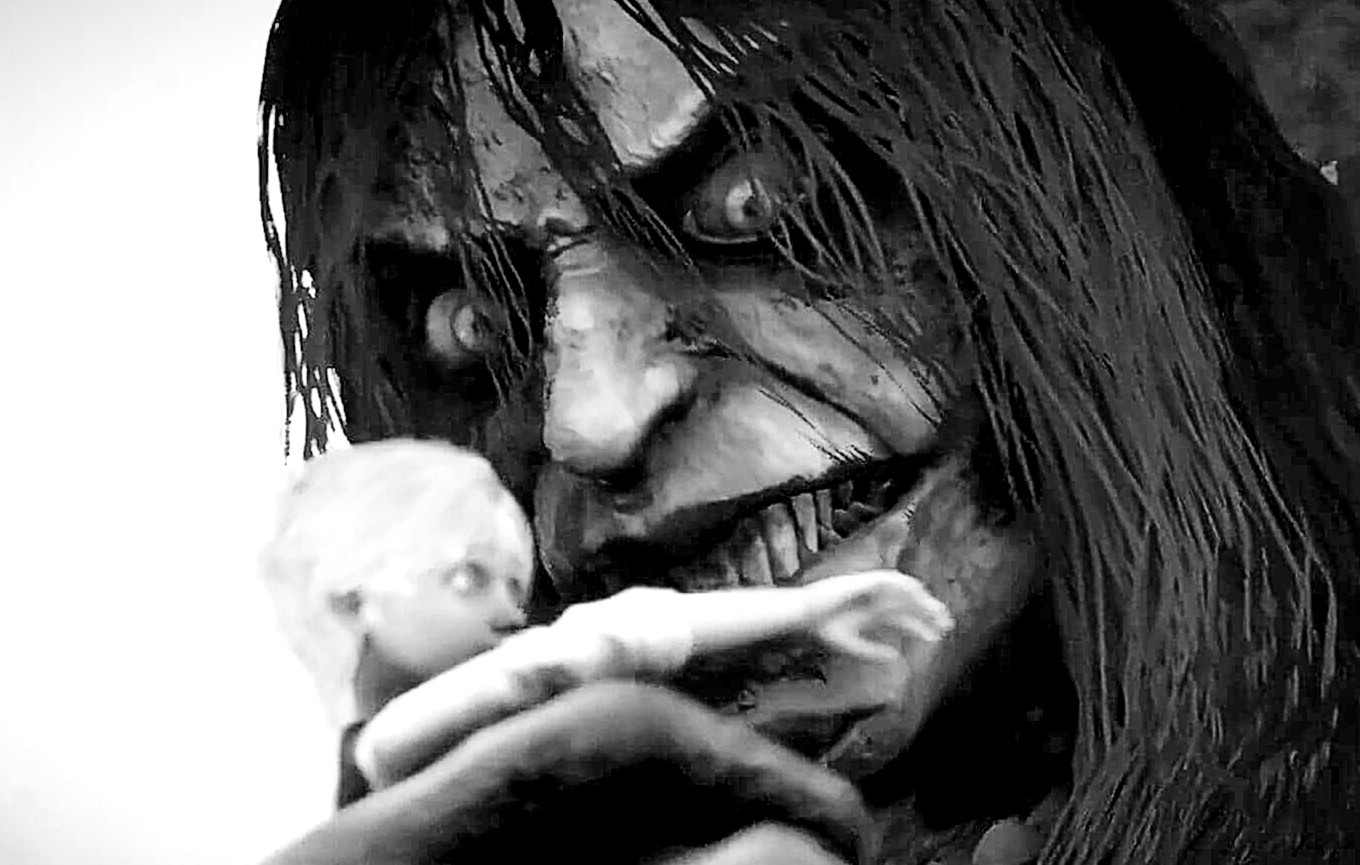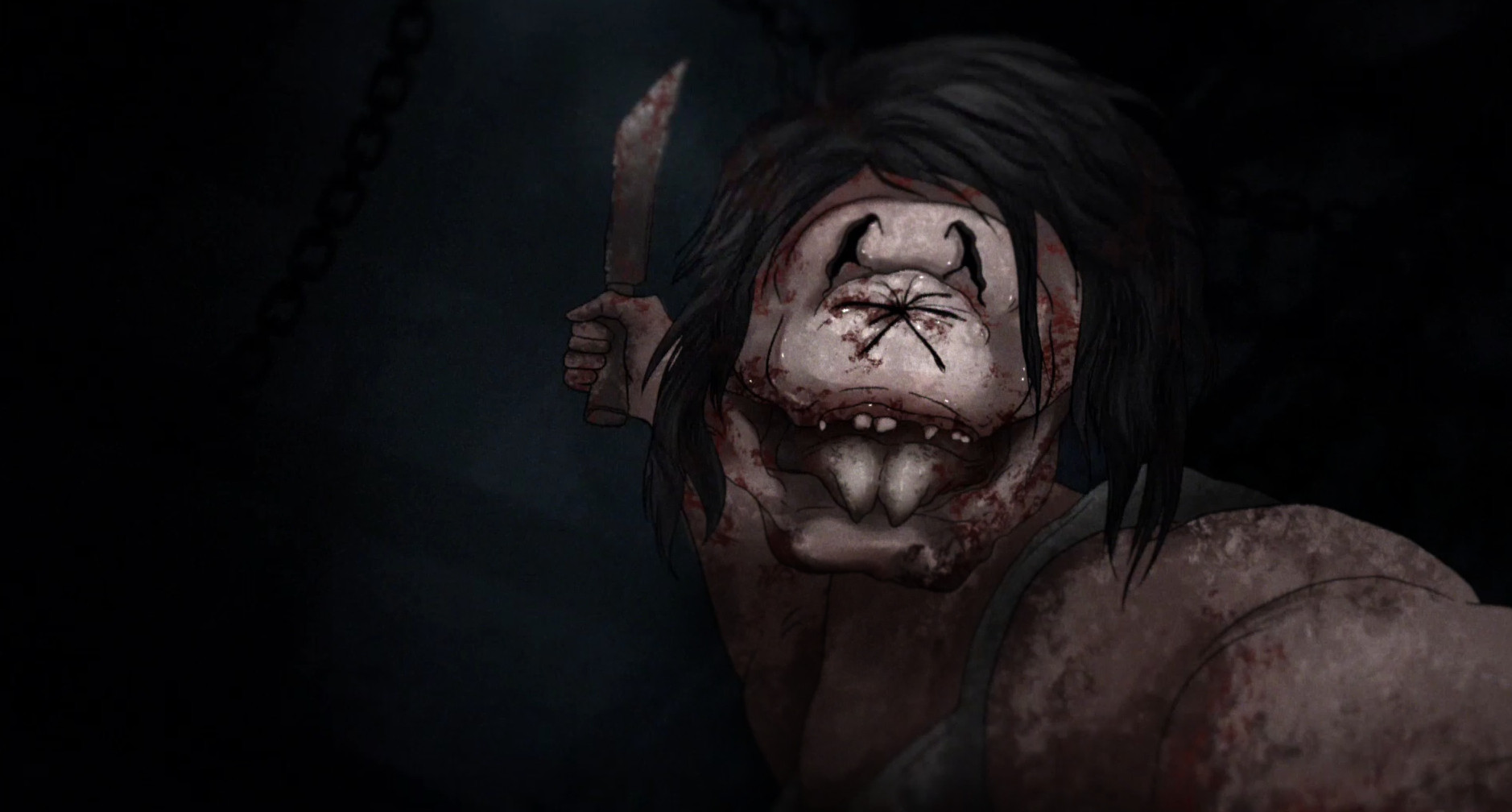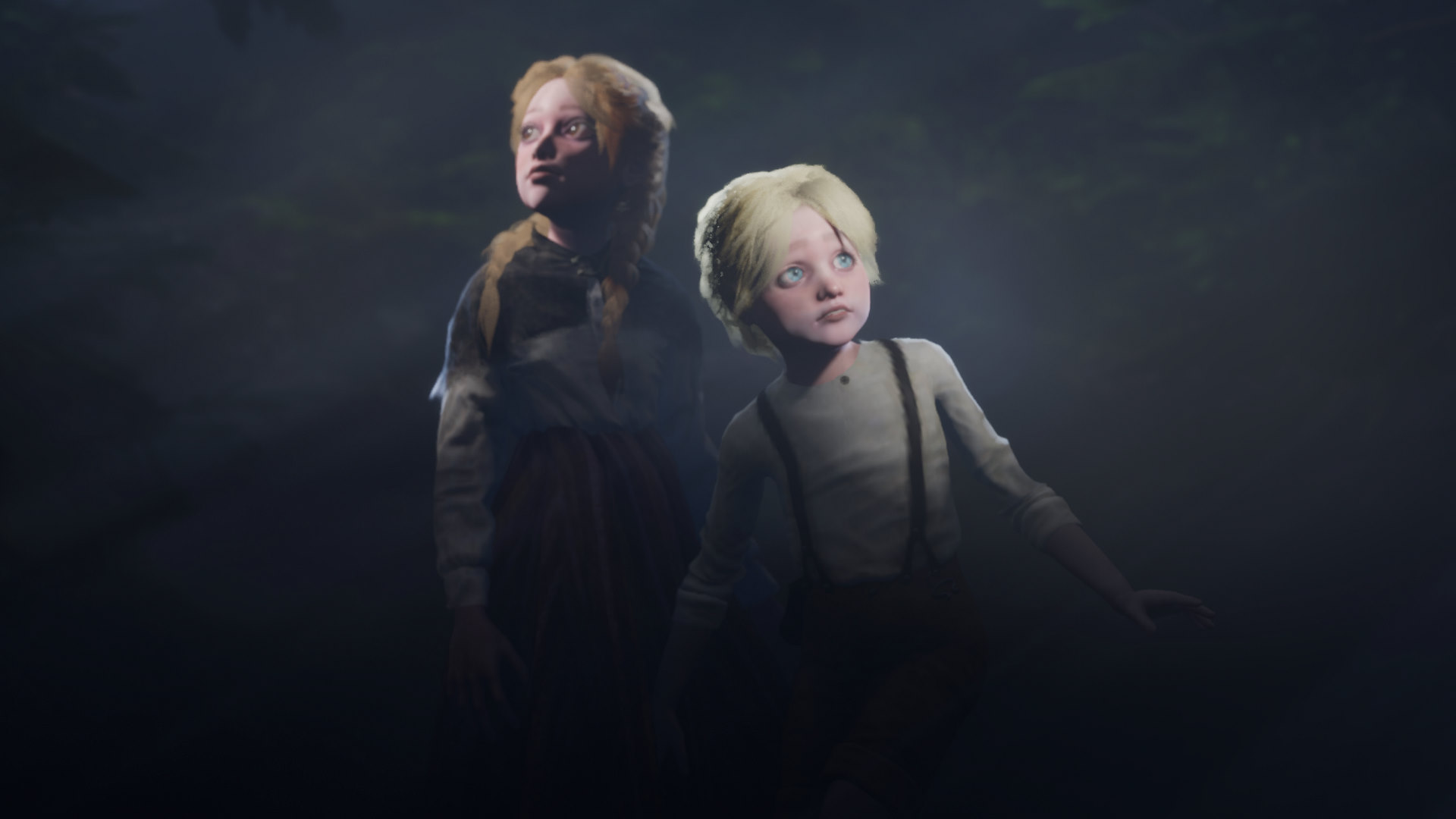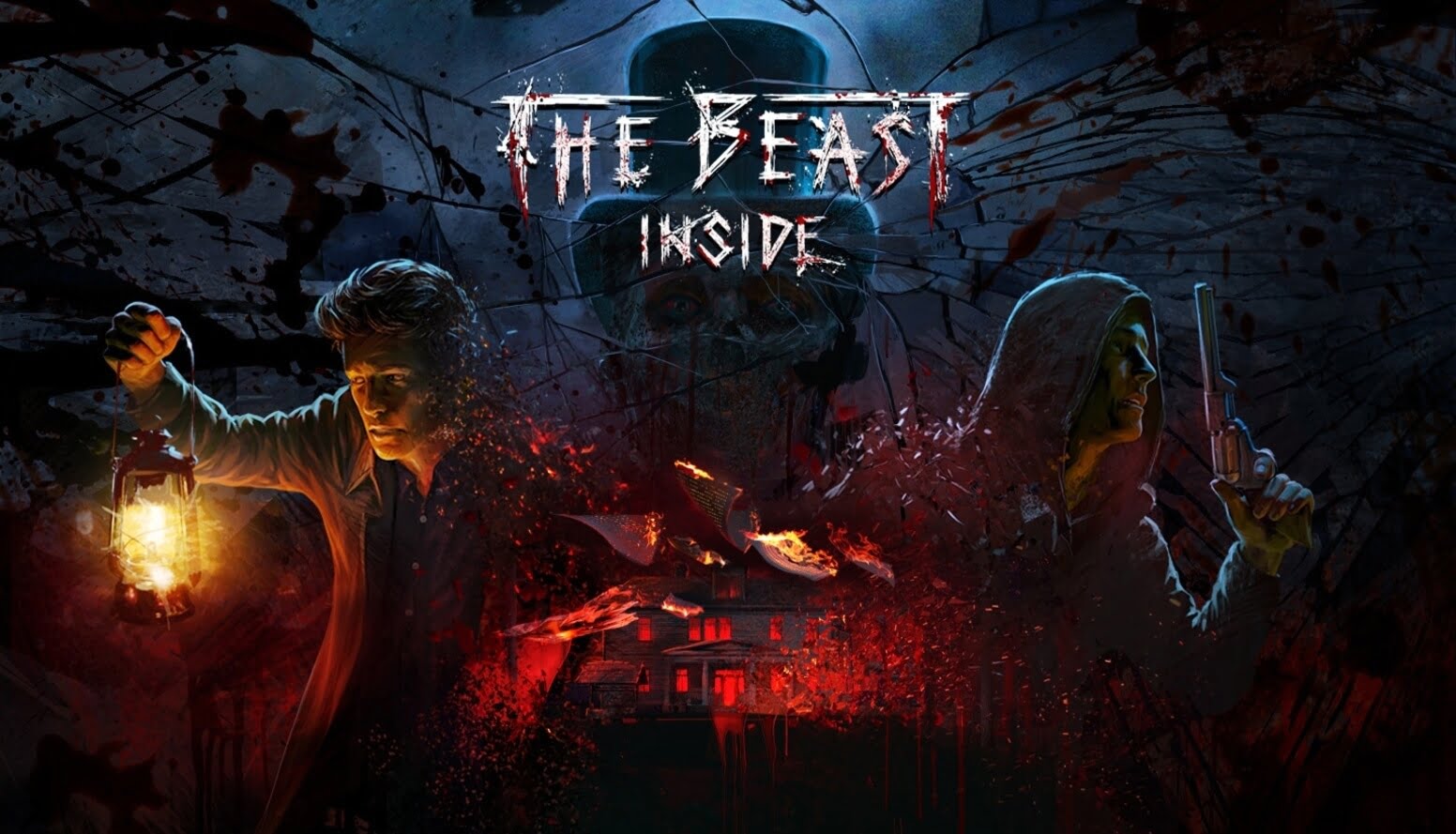
Unattended Children
There’s a debate to be had about the use of children in horror. The kids being creepy isn’t a problem because that’s tapping into those darkest moments when your own children (or someone else’s) do or say something that would be unsettling if an adult did or said it. The fact there’s genuine naivety behind it makes it all the more chilling. So of course, horror loves to tap into the creepy kid thing so much.
But what about when the tables are turned? When kids in horror stories are put in harm’s way for the sake of horror. Even killed for it? Like anything in life, your mileage and opinion on the subject will vary based on your personal circumstances. It’s certain that my own feelings have changed in some way since having children of my own. Yes, I’m going to be one of those insufferable internet wanks that harps on about how having children changes everything. They fucking do, and I’ll be the 50,000th writer on these digital webs to make that same point because if we can still write infinite versions of bobbins takes such as ‘Does 60fps matter?’, ‘Is it me or are games worse now?’ and ‘Is this horror if it isn’t scary?’ then I’m gonna do the doe-eyed dad thing like I’m the first fucker to think of it.
Now I’m not saying every child in peril in media turns me into a human puddle of fear, but the effect is definitely heightened this past decade or so. I can admire it as the emotional weapon it is when done well (after the initial cold dread feeling has dissipated and I’ve checked the kids are okay). But it also makes me incredibly angry when I see it done so very cynically for sheer shock value. Like any form of horror, the context and execution have to be right. It doesn’t necessarily have to be about an emotional response, it’s what that child’s life-threatening/ending experience stands for.
It won’t surprise you to read that video games have been one of the most consistent forms of doling out these trauma nuggets. I mean, this is a games site, so that does take the shock out of it. Though to be fair, the spark for writing this came from watching Hanna Bergholm’s Hatching. The rule of thumb for impactful child danger horror appears to be about unattended children. I’m not saying leave them in the woods alone or anything, just in a room with something that might lead to doom.

One of the best (read most psychologically damaging) examples of this appear in What Remains of Edith Finch. There’s a game that’s no slouch in telling stories of doomed kids, but there’s one that isn’t presented in a scary way at all. Nor does it explicitly show anything terrible, but you know what it’s doing. You can’t quite believe a technicolor underwater parade of joy in a bathtub could be laced with such oily dark meaning, but there it is. I hate even alluding to that section of What Remains of Edith Finch, but it has nestled itself into its own little cubbyhole in my brain ever since.
Then there’s the cold hard cruel treatment. Games where little to no fucks are given about straight-up killing children in the most matter-of-fact way possible. One of the earliest examples is the excruciatingly frustrating platformer Heart of Darkness. Its character deaths are frankly disturbing animated imagery of shadow creatures ripping a boy apart in a bloodless, yet violent manner. Playdead is the master of using this method and somehow nullifying its effects of it with next to no attempt to garner sympathy for its youthful protagonist’s demises. Limbo skirted it a bit by having the protagonist be the quality of a paper model, but Inside was unflinchingly cruel to its protagonist without going too hard on detail. The blankness of faces in Inside dehumanized every human character, including the boy at the center of it. So it was an effective tool for numbing me to the absolute insanity of that ending, that’s for sure.
More recently, there was Dimfrost’s Bramble: The Mountain King. It’s a bit hit-and-miss as a game, but it goes all in on telling an extremely dark folk/fairy tale and for that reason alone it’s very much worth investigating. In Bramble, a young boy called Olle goes in search of his sister who was captured by a troll, and up until that happens, there are only small clues as to how grim the game can get, but after Olle sets out on his own, things get nasty.

One of the other effective paths for using children in horror is to have them witness things they should never be exposed to, and Bramble does this A LOT. It’s bad enough to see the things that can happen to Olle. The things he views are even worse. There’s an entire section involving a witch that is bleaker than a Tottenham title charge. The deeper Bramble’s story goes, the darker it becomes. What makes it especially powerful are these moments of charming, enchanting levity from the friendlier residents of the forest. Early on there’s an adorable sequence with some very cute squeaky gnomes, and the blunt force used to swivel from that is so brutally masterful, I was actually stunned by it.
For the most part, I think this tends to be the most effective use of children in horror. We’ve seen any number of unspeakable things in horror movies, games, books, and more, but there’s something about getting a child’s perspective that lends it weight. That’s the most universal way to succeed at it for a general audience because the relatability becomes less about your own children and more about what you remember of your own childhood. Albeit with less murderous trolls.
Check out DreadXP for more reviews, interviews, and news, check out DreadXP.




